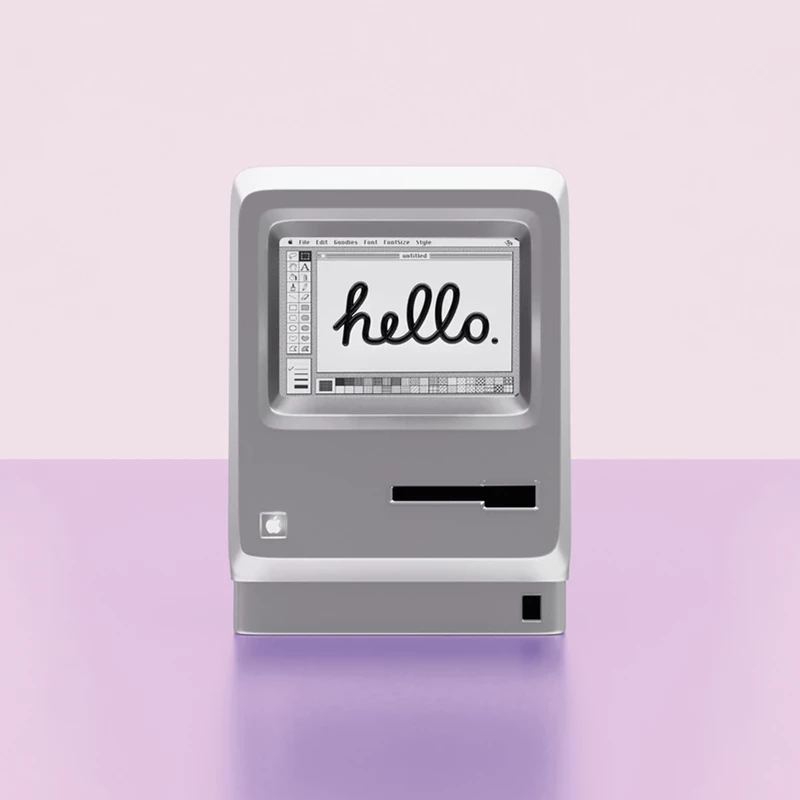- AI
- Design
Expectations of the AI-enhanced designer
May 15 — 2025


The advent of automation and Artificial Intelligence (AI) is a major paradigm shift for our digital product industry. AI will allow us to accelerate our process and, more importantly, allow us to do more.
A lot of digital ink has been spilled about how the work of product designers will be impacted. This sudden influx of AI-powered tools has made certain skill sets almost obsolete. It has also created new requirements, expectations, and changed hiring practices for future designers.
The Soothsayer Designer
Good creatives will use AI tools for user testing, identifying predictable and unpredictable user paths, creating product research and benchmarks, and building user flow and wireframes by simply feeding the brief to the AI tool of choice.
Great creatives will see these tools as product development accelerators and the AI as a collaborator. They will ask the AI for advice, leverage the AI's knowledge in ethical design, and use its unbiased ability to foresee future needs or problems users still need to communicate. Great creatives will notice patterns and opportunities.
The Engineering Designer
One of the reasons AI has become part of pop culture is because of natural language processing. Technology is starting to understand humans and can now decode how we express ourselves. However, integrating AI into workflows will require an excellent grasp of how these tools function and how they fit into overall design and development workflows at any scale. We must expect even more from designers for ChatGPT to provide a strong, relevant, and accurate contribution.
A Monochromatic Universe
The big obvious trap many designers will face is the possibility of overreliance, where our implicit bias will not be challenged, and users across cultures are treated as generic North Americans. The frictionless road will be enticing, but the results could be disastrous for diversity and inclusivity advancement in recent years. The dangers of having everything behaving the same, feeling the same and looking the same — can be frightening. When we design for everybody, we design for nobody.
The Pioneering Designer
The challenge lies in recruiting designers adept at wielding AI while preserving the essence of design—crafting experiences that resonate. Should we consider integrating AI literacy into yearly OKRs while navigating this juncture? Does AI belong to hard and soft skills, or does it deserve its category? These questions propel us into a future where curiosity, empathy, and technical prowess converge, ensuring great collaboration with AI. AI will enhance, not replace, our commitment to user-centric and ethically sound design solutions.
Shifting expectations
Our approach, which involves Discovering, Defining, Building, and Evolving, is designed to remain flexible and adaptable to the challenges posed by the fifth wave of the Industrial Revolution. Despite the technological advancements, designers still need to prioritise understanding their users' needs, solving problems creatively, prototyping, and iterating to achieve success. Our approach will adapt to the fifth wave of the Industrial Revolution. Designers still need to solve problems, create prototypes, and iterate while understanding users.
As we navigate the transformative influence of AI on design, the future beckons designers to balance technological proficiency with the timeless principles of empathy, creativity, and user-centricity. The essence of the AI-enhanced designer lies in leveraging AI as a collaborative tool, ensuring designs challenge biases and resonate across diverse cultures. Embracing AI literacy and fostering a pioneering spirit among designers are key to harnessing AI’s potential while preserving the human touch in design. In this new era, designers are tasked with the critical role of guiding AI to enhance, not overshadow, the depth and diversity of human experiences, ensuring they remain at the heart of innovation.
